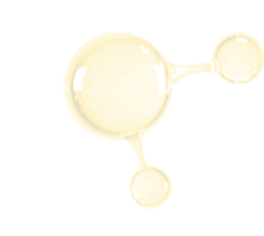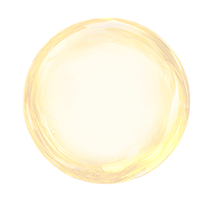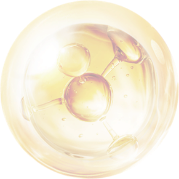Weeks 33-34:
Nearing 9 months, babies show significantly enhanced motor skills, crawling more stably on all fours. With reduced breastfeeding frequency and increased complementary food intake, some babies may experience "heatiness" symptoms like excessive eye discharge and yellow urine—actually signs of gastrointestinal stress. This lowers immunity, increasing cold risk. Parents should adjust feeding rhythms, reduce portions, and choose OPO-formula milk for better digestion. Vaccine Reminder: Administer measles-rubella and Japanese encephalitis live attenuated vaccines! For questions, use Yili Aier Club's "Aier Vaccine" on Facebook/Whatsapp or contact online customer service.
How to Address Baby "Heatiness"?
If babies show dry stools, yellow urine, mouth ulcers, poor sleep, increased eye discharge, or bad breath, they may be "heated up." Adjust as follows:
- Small, frequent meals to prevent indigestion
Overeating causes stomach heat. Maintain 5-6 meals daily, avoiding large portions that trigger indigestion and heatiness. - Drink plain water and ensure adequate sleep
Cultivate water-drinking habits (avoid juices) to reduce heatiness and constipation. Ensure sufficient rest. - Choose the right formula to avoid constipation
Breast milk is gut-friendly; if insufficient, opt for OPO-formula milk. Avoid over-concentrated formula, follow mixing instructions strictly, and use proper temperature to ease digestion.
Weeks 35-36:
Now babies excel in gross and fine motor skills—reaching for toys behind them without looking, combining objects, and holding two items in one hand. With better tongue control, they can eat chunkier foods. Most notably, 9-month-olds start standing—progressing from wobbly first stands to independent standing within days. Always supervise to prevent falls.
Guiding Baby to Stand: Follow Natural Rhythms
- Parental demonstration
When babies show interest in pulling up, their legs are ready. Stand behind them, let them hold your fingers for support, then encourage松手 (releasing) for independent standing. - Barefoot standing is better
Bare feet help babies find balance and stimulate foot nerves. Keep the floor clean—socks aren’t necessary. - Limit standing time
Ensure bones can support body weight—don’t rush. Start with <5 minutes per session.
Weeks 37-38:
At 9 months, babies begin learning to walk—a milestone boosting balance and coordination. While parents may worry about falls, avoid transmitting anxiety, which can hinder progress. Vaccine Reminder: Administer the 9th vaccine—group A meningococcal vaccine! Use Yili Aier Club’s services for vaccine guidance.
Walking Tips for Babies
- Timing matters
Most start walking at 11-14 months; the range is normal until 18 months. Don’t force walking before the baby shows readiness. - Posture awareness
Incorrect postures like in-toeing are common in early walkers and usually self-correct. Avoid over-concern unless issues persist beyond 2 years. - Observation is key
Falling is normal due to developing balance. Monitor progress—reducing falls indicate improvement. - Beware of abnormalities
Physiological O型 legs (bowlegs) often correct naturally. Consult a pediatric orthopedist if issues like knee instability or pain arise.
Weeks 39-40:
Nearing 10 months, most babies start teething (normally 4-6 months). If no teeth appear by 10 months ("delayed eruption"), consult a dentist. Teething requires oral care—gums are delicate, so use gentle techniques.
Proper Oral Care for Babies
- Oral care before teething
- Position baby on their side, use a bib, prepare sterilized cotton swabs, dilute saltwater, and warm water.
- Wash hands, wipe cheeks, gum exteriors, interiors, and tongue with fresh swabs each time. Avoid excessive liquid to prevent aspiration. - Oral care after teething
- Use finger toothbrushes or gauze dipped in warm water for babies under 1, cleaning twice daily (especially after the last feeding to prevent cavities).
- After 1 year, switch to baby-specific toothbrushes and fluoride-free toothpaste.

 En
En Member Login
Member Login Contact
Contact







